Treatment Options

Positive Airway Pressure Devices
Positive Airway Pressure (PAP) machines are the most widely used and most effective treatment for obstructive sleep apnea (OSA), even for moderate and severe apnea. The machine connects to a mask, and air flows continuously to prevent the airway from collapsing. An Auto-CPAP automatically adjusts the air pressure when you experience an apnea. PAP devices are covered by most medical insurance plans, and your physician can order from a DME or Durable Medical Equipment provider in your area. The will have therapists available to fit you with a mask and answer questions.
More info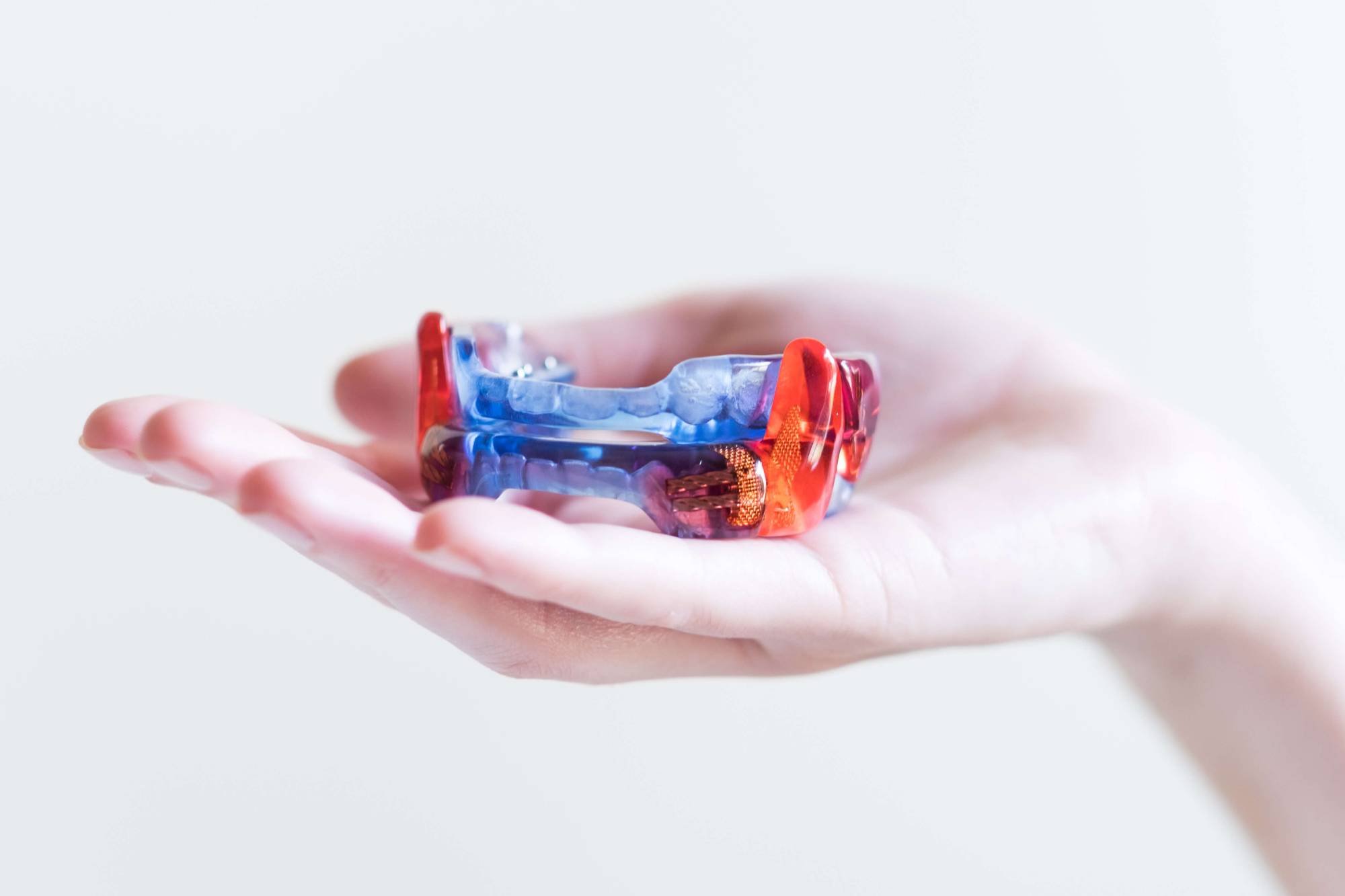
Oral Appliance Therapy (OAT)
Sleep apnea and snoring can be treated with a dental appliance that opens the airway by bringing the lower jaw slightly forward. The oral appliance is worn during sleep and resembles the mouth guard of an athlete. The therapy is effective for many patients, and the American Academy of Sleep Medicine has endorsed for mild or moderate sleep apnea. OAT devices are covered by most medical insurance plans. Sleep Impressions offers Oral Appliance Therapy through a network of dentists specializing in sleep medicine and in most cases is able to bill your medical insurance in-network.
More info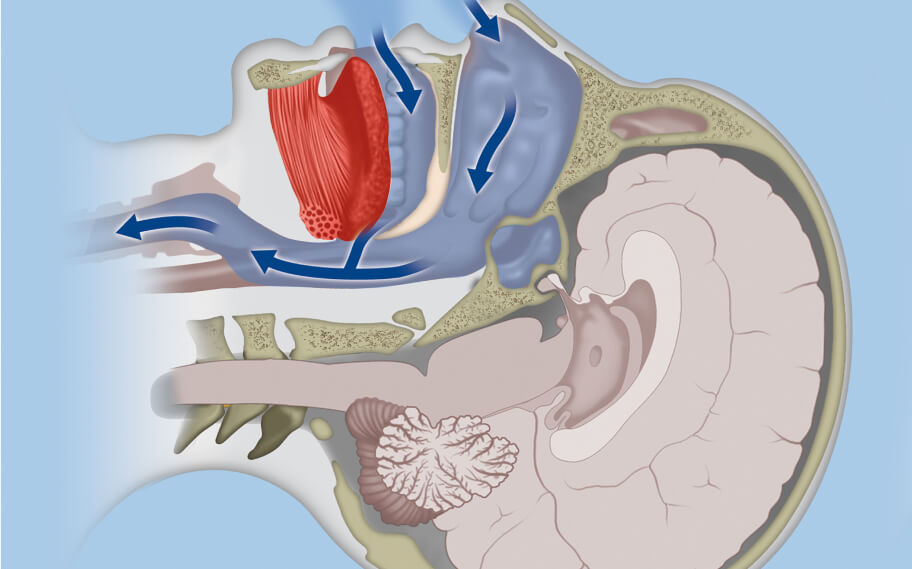
Airway Surgery
Depending on the location of the obstruction in the airway, a surgical procedure can be effective in treating obstructive sleep apnea, and it is often effective in treating snoring. There are several sites where airway obstruction may exist, so there are many types of surgical procedures currently used to treat sleep apnea, including tonsilectomy, tongue base reduction, and uvulopalatopharyngoplasty (UPPP), to name a few. The most common is UPPP, which has a success rate of about 50%. Most are usually covered by insurance.
More info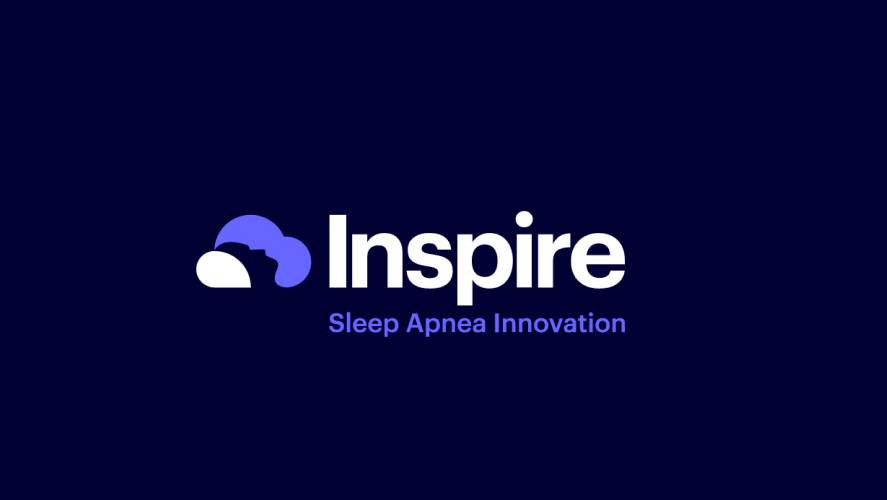
Airway Stimulation
Inspire therapy works inside your body while you sleep. It’s a small device placed during an outpatient surgical procedure. At bedtime, a click of the remote turns Inspire on. While you sleep, Inspire opens your airway by slightly stimulating the muscles in your airway to prevent is from collapsing, allowing you to breathe normally and sleep peacefully.
More info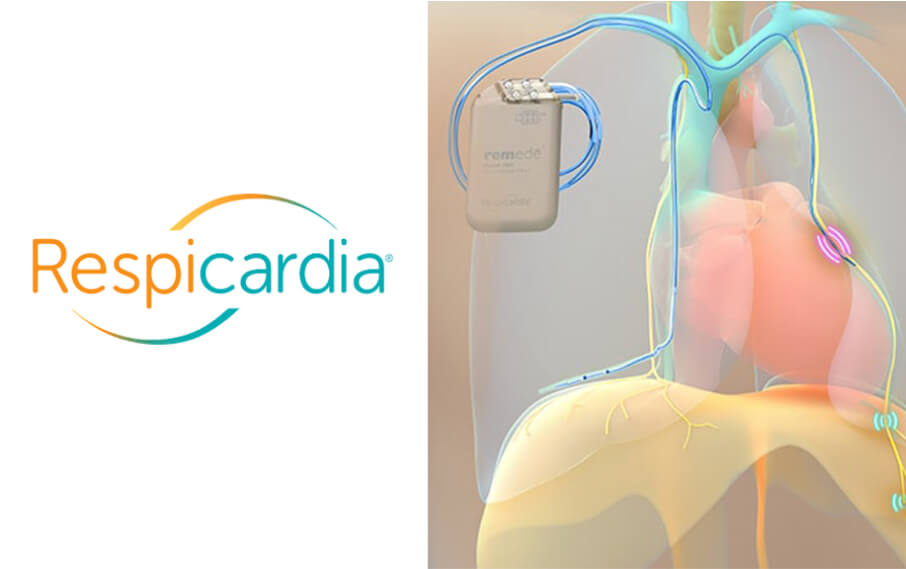
Phrenic Nerve Stimulation
Phrenic nerve stimulation effectively treats Central Sleep Apnea (CSA) by working inside your body to deliver stimulation to a nerve in the chest (phrenic nerve) that sends signals to the large muscle that controls breathing (diaphragm). The remede’ device by Respicardia monitors respiratory signals while you sleep and helps restore normal breathing patterns. The device activates automatically during the night.
More info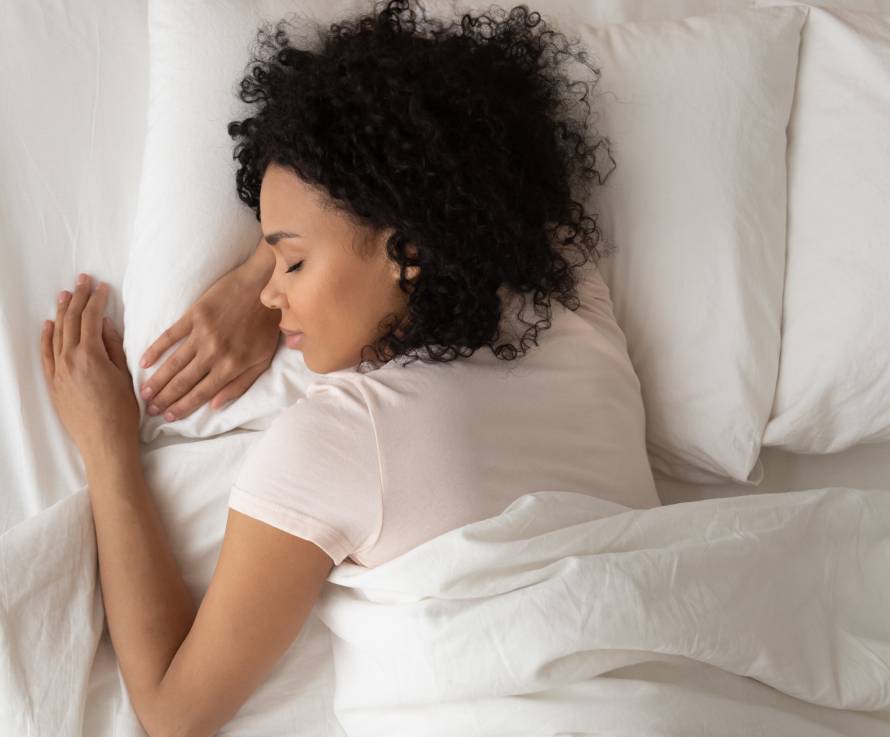
Positional Therapy
Some people snore or have sleep apnea only when sleeping on their back. Such people can eliminate or reduce airway blockage simply by learning to sleep on their side. Positional therapy generally works in mild cases of OSA or to stop snoring. While positional devices are not covered by insurance, there are low cost products designed to discourage supine sleeping including a few readily available online.
More info
Weight Management Plan
Sleep apnea worsens with increased body weight due to a reduced upper airway and fatty deposits on the muscles controlling the airway. Inversely, losing weight can help reduce the severity of sleep apnea. A weight loss is plan is frequently recommended in conjunction with treatment, and on a positive note, treating sleep apnea can assist with weight loss through increased energy levels and improved metabolism.
More infoOur patient educators are on call to answer questions and help you order direct at (877) 933-8470
Don’t let another day go by without treating your sleep apnea!